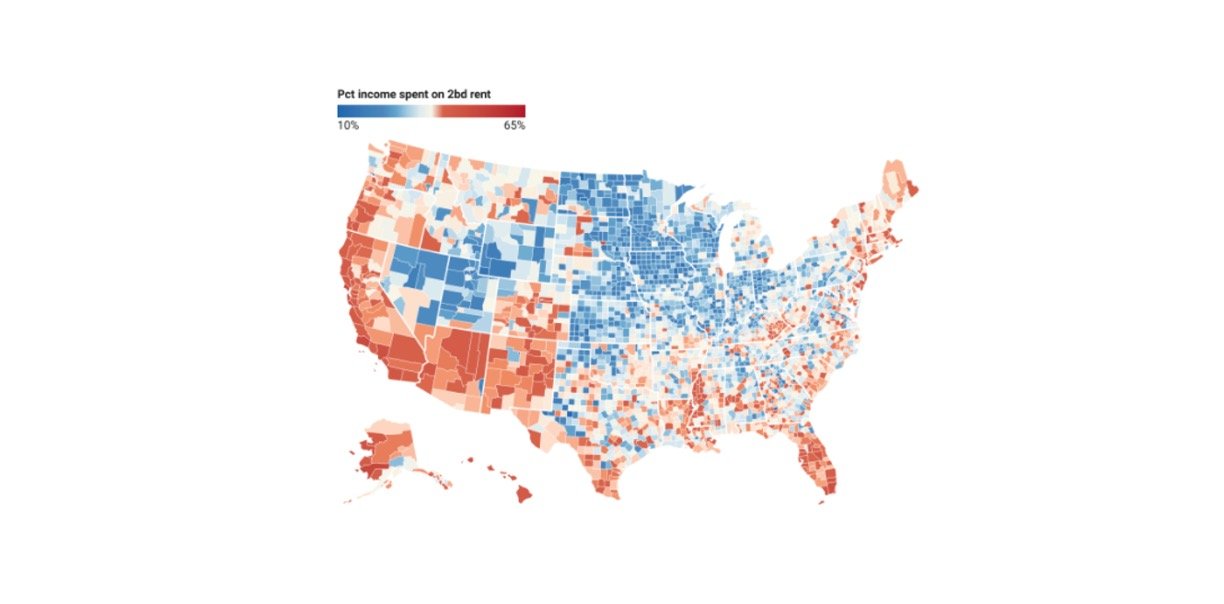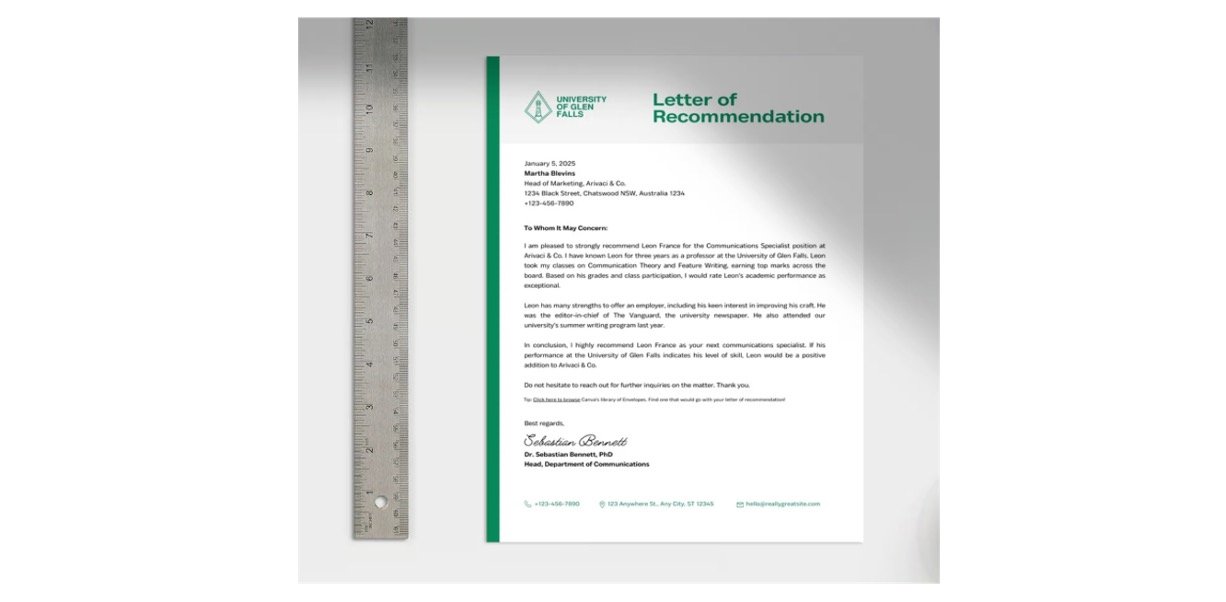What are Electrolytes?
An electrolyte is a substance that produces an electrically conducting solution when dissolved in a polar solvent, such as water. The dissolved electrolyte separates into cations and anions, which disperse uniformly through the solvent. Electrolytes are essential minerals such as sodium, calcium, and potassium. Electrolytes play an important role in many key functions in the body.
Classification of Electrolytes
All electrolytes do not dissociate in same amount at all the given dilution. on the basis, electrolytes are divided mainly in two parts strong electrolytes and weak electrolytes.
i. Strong Electrolytes
Strong electrolytes are those substance which are completely ionized in their aqueous solution. Generally, this class contains strong acids , strong bases and salt of acid-base (strong), salts of strong acid-weak base and weak acid-strong base.
Eg: HCl , NaOH , NaCl , CH3COONa , NH4Cl etc.
These salts are completely dissociated at normal dilution.
ii. Weak Electrolytes
Weak electrolytes are those substances which are not completely dissociated in their aqueous solution and degree of dissociation increase with increase in solution.
Ionic part of weak electrolytes is called “degree of dissociation” or “degree of ionization”. It is denoted by α. This class contains weak acids, weak bases and salt of weak acid and weak base.
Eg: CH3COOH, H2CO3, H3BO3, NH4OH, Al(OH)3, CH3COONH4
Factors Affecting Electrolyte Conductance
The conductance depends upon the following factors;
a) Inter-ionic Attraction
If strong ionic attraction is present between the ions of solute then they do not dissociate easily, when they dissolve in solvent, due to this the value of conductivity become less. The energy released in ion-solvent reaction is called “salvation-energy” and if water is solvent then it is called ‘hydration energy’. So, if the amount of ion -ion attraction energy is more than ion-solvent attraction then electrolytes are taken in class of weak electrolytes.
b) Salvation of Ions
It depends on attractive forces present between ions and solvents, which are called “ ion-solvent interactions”. If this attractive force is very strong then ion becomes solvate in which the layers of solvent molecules are attached to ions and decrease its size. In this condition, the movement of ions towards electrode decreases, so the conductivity decreases.
c) Viscosity of Solvent
Viscosity of solvent depends on solvent-solvent interactions. Greater the attraction, greater is the viscosity of solvent, which decreases the conductivity .
d) Concentration of Solution
Concentration of solution is greater than concentration of electrolyte solution, lesser is the value of its conductivity. The amount of dissociation increases with the increase in dilution due to which, the conductivity of solution of electrolyte increases.
e) Effect of Temperature
The average kinetic energy of ions of electrolyte increases with increase in temperature, which increases the degree of dissociation of electrolyte. Hence, the amount of conductivity increases with increase in temperature.
Electrolytes Citations
- Investigation of the role of electrolytes and non-electrolytes on the cloud point and dye solubilization in antidepressant drug imipramine hydrochloride solutions. Colloids Surf B Biointerfaces . 2008 Aug 1;65(1):74-9.
- Electrolytes. Isha Shrimanker; Sandeep Bhattarai.
- Selection of an electrolyte to enhance the electrochemical decolourisation of indigo. Optimisation and scale-up. Chemosphere . 2005 Aug;60(8):1080-6.
Share












